When Generative Fill in Photoshop Beta was announced, it seemed the world had gone crazy. From this time onward, nothing about photography could be trusted anymore, they said. It was the end of photography the way we know it, or so it was believed. But perhaps we’re really scared for nothing.
Generative Fill was all over the news when it was announced. I watched the live podcast by Scott Kelby because I had to for my job. His reaction to the possibilities was over the top and funny at best. The internet and social media went wild. The end of photography was nigh. Just add a few keywords inside the Generative Fill option in Photoshop Beta and we would never need a camera ever again.
I dove into the world of this exciting new option and I have to admit, the possibilities are stunning. At first glance, the A.I. engine manages to generate content very well, but it’s far from perfect. It still has quite a few flaws. But I also have to say, it’s just in the beta stage at this moment. It will become better in time.
Content Aware Fill on Steroids
I spend some time playing with the possibilities for a Dutch instruction video. Although some photographers have become scared for the future of photography in general, I think there is nothing to be afraid of. If you look closer, it’s just Content Aware fill on steroids.
Generative Fill is an automated process of things we have been doing by hand for the last few decades. It can manipulate a photo or build it up from scratch. It can change clothing, generate nonexistent content, or remove objects from the image. If you’re used to working for hours on a photo and manipulating it to your liking, now, most of the process can be done in mere minutes. That’s the big difference.
Generative Fill can be seen as the next step in cleaning up an image. At first, we had to use all kinds of clone tools and healing brushes to remove unwanted elements in a photo. Then, we got Content Aware Fill, which could remove object while keeping the background reasonably intact. Often, it needed a finishing touch, but it worked quite well. With Generative Fill, this process has never been easier.
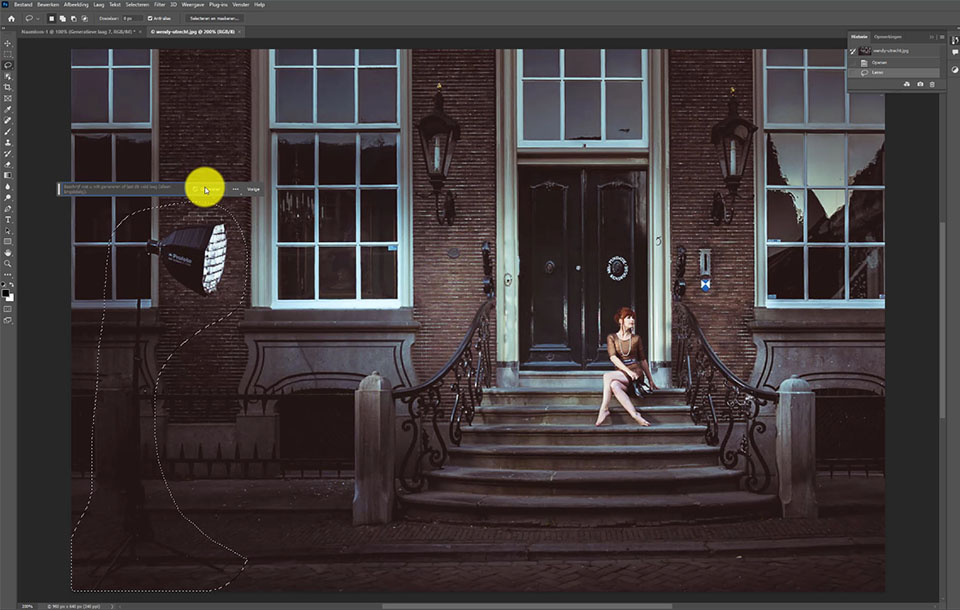
Generative Fill can also be used to make up photorealistic images, but that’s nothing new. Creating these images is something done by skilled Photoshop artists for many years already. Most people who use Photoshop will play around with the ease of which Generative Fill performs these tasks, but probably lose interest when it’s not a new thing anymore. Photography won’t die because of this.
Its Limits and Its Strengths
There are limits. Something no one seems to talk about is the maximum resolution at this moment. It generates an image with a maximum of 1,024 x 1,024 pixels. If the area you want to fill is larger, it will stretch the generated content. This will result in a lower resolution.
There is a work-around, of course. But it takes a lot of effort to produce a good result, more than many are willing to spend. In other words, most results we see on the internet will be low-resolution images, but with high resolution, it becomes a mess if not done properly and with attention. The limits will probably be solved once it passes the from the beta version into the regular Photoshop version.
Another caveat is the problem with living beings. Generating animals does not result in very convincing content. For persons, it can be even worse. Generated faces and limbs can be misformed or not in the right perspective. When viewed at low resolution, it may seem okay, but in high-resolution images, it becomes obvious.
One thing Generative Fill does quite well is removing unwanted objects from the frame. Often, this can be done because the generated area is small enough to stay within the 1,080 x 1,080-pixel limit. But be aware of larger areas in the frame. Keep an eye on the details to keep it realistic.
Nevertheless, it does an amazing job generating new content. It won’t create the reality, but something that mimics reality. For a simple holiday picture, that’s good enough. It makes it possible to get rid of all those other tourists, for example.
A Few of the Possibilities
I have a few examples of some practical uses for Generative Fill. They show the strength of this new tool in Photoshop, but they also show that it's nothing more than a new toy everyone just wants to play with for a while.
1. Generate New Content
This is one of the most talked about features of Generative Fill, of course. Take an existing photo and add things to make it a more interesting photo to look at. One of the best examples is adding a reflective surface or a pond in the front of the image. Previously, you needed third-party software for a quick solution. Now, it can be done with Generative Fill.
One thing to keep in mind is how the world is reflected. Often it looks fake, like in the example below, so you have to manipulate the generated content for the best result. It can be fun to do, but just like adding sunrays in Luminar, it becomes a gimmick soon enough.
2. Generate a New Canvas
If you want to change the orientation of your image, you can extend the canvas and fill it with Generative Fill. At first glance, it does an amazing job, but only with low-resolution images. If you have larger resolution, add content in chunks of 1,024 x 1,024 pixels. It takes a lot of time, but the results will be better.
This can be done for all kinds of images, and it’s even possible to add parts of a body if they're missing from the frame, change the clothes on your model, add necklaces, or change hairstyles. Just be careful with the selection, and add a good description for the best results.
3. Merge Different Photos
If you have two photos, Generative Fill can seemingly merge the two together. This may not be realistic if the images are from two completely different locations, but you can also repair a panorama where the separate images are not lined up perfectly or not aligned at all, for that matter.
Place two photos on a blank canvas, leave a bit of white space between the two, and make a rough selection containing parts of the photos. Generative Fill will merge the two together.
4. Removing Unwanted Objects
One thing Generative Fill does very well is removing unwanted subjects from the frame. Even complex images can be cleaned up with a convincing result. You must keep in mind this does not restore the original details from the location itself, but it will build something that looks authentic — most of the time, that is.
How the removal of unwanted objects performs depends mostly on the selection you make. With Generative Fill, you need to make a wide selection around the subject you want to remove. This is the big difference compared to the Content Aware Tool, which needs a tight selection for it to work properly.
5. Creating an Image From Scratch
One thing Generative Fill can do also is creating a nonexistent scenery. It’s like painting or drawing something from your imagination. This can be done by selecting the complete canvas, but in that case, the A.I. engine will be in full control. Any unwanted result has to be replaced completely.

A better method is building up a scenery in small steps: a foreground, a background, and isolated elements. If one generated object is not to your liking, it’s easy to remove or to change. All other parts will stay in place.
Use Generative Fill to your Advantage
The new tool Generative Fill has a lot of potential. But it’s not perfect yet. For now, it’s mainly suited to low-resolution images, unless you break up the parts you want to create into small chunks. The one thing I like about it is how it is the next step in removing unwanted objects in an image. It seems to work a lot better compared to Content Aware Fill. I believe it will replace every clone brush tool eventually, perhaps even Content Aware Fill.
Although I was reluctant at first, I have become quite excited about the possibilities. Now, we must wait until it becomes even better before you can embed it in the normal high-resolution photo editing workflow.
What do you think about Generative Fill? Do you think it’s a normal and promising next step in a creative workflow? Or do you think it should be avoided at all costs? Please let me know in the comments below.

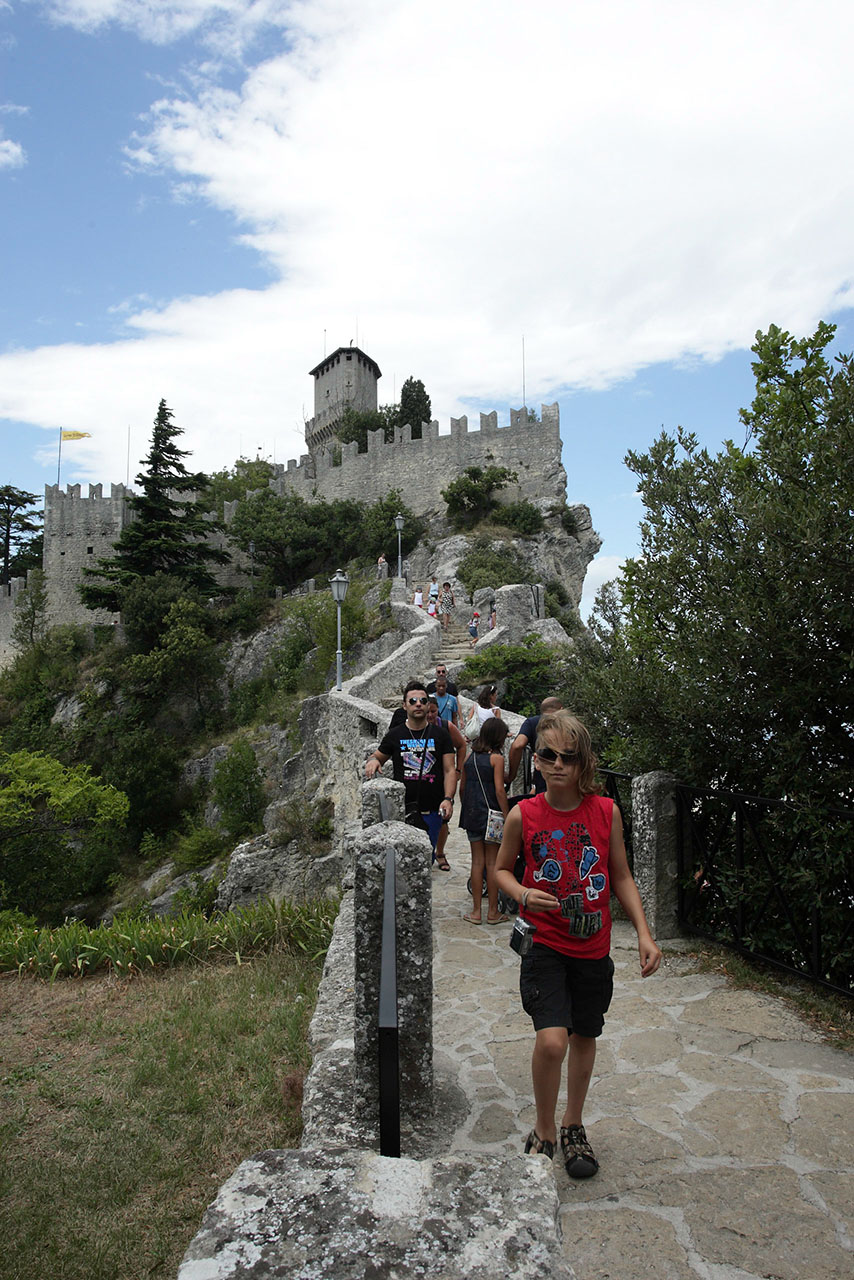
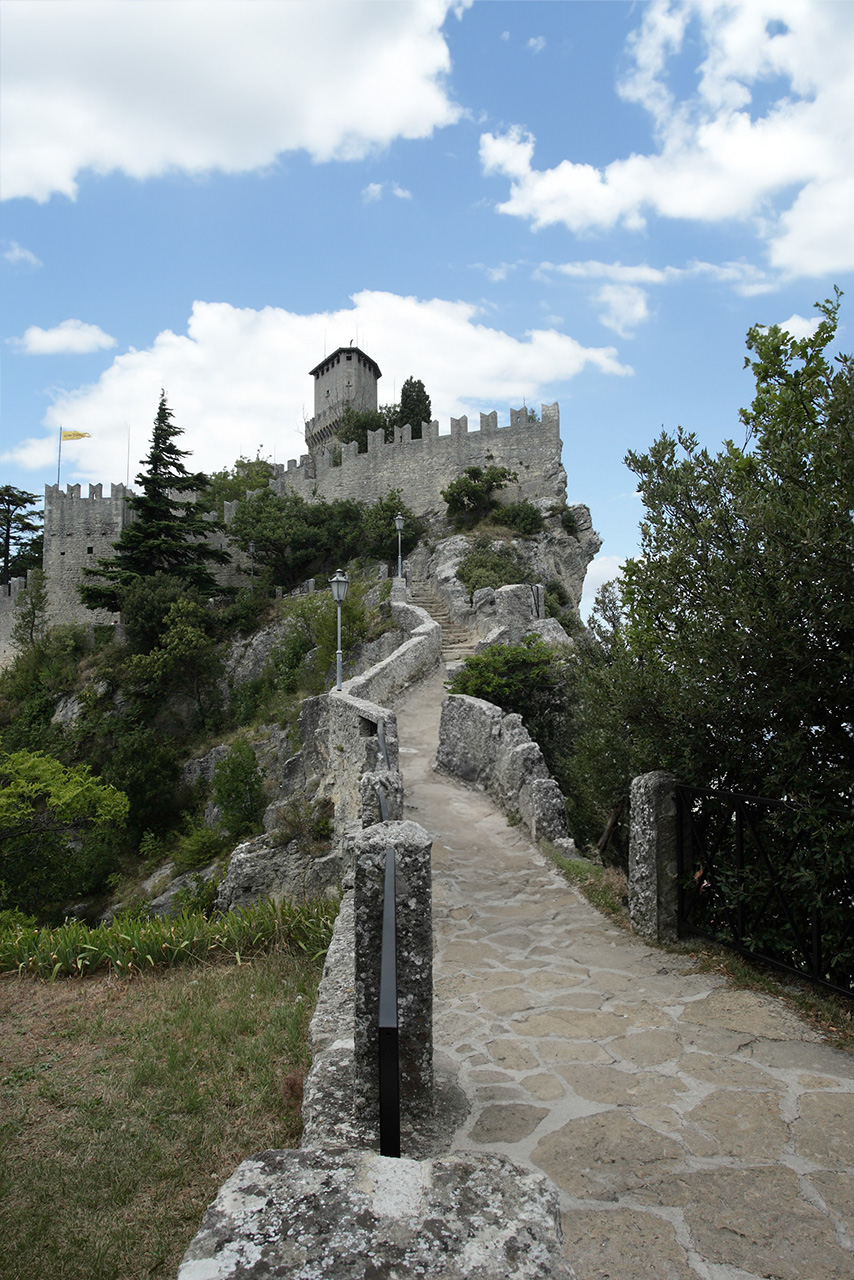

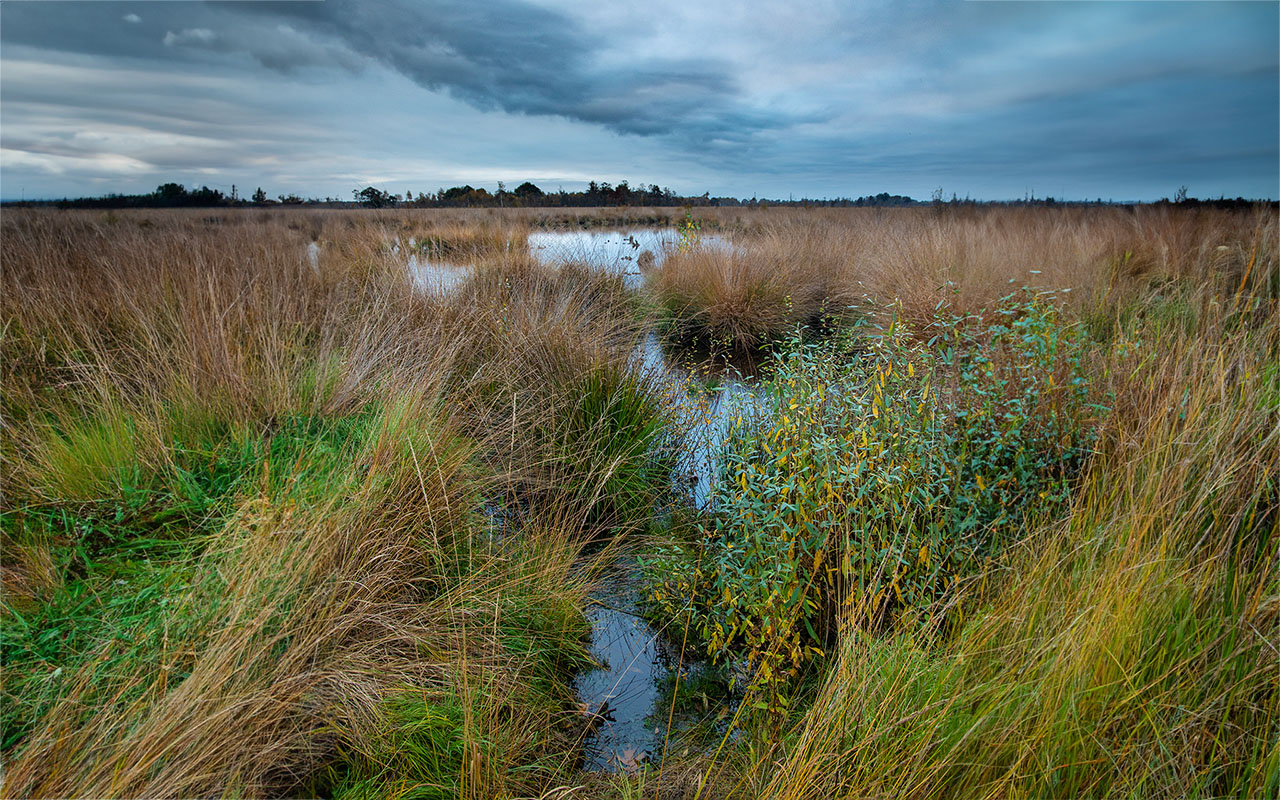



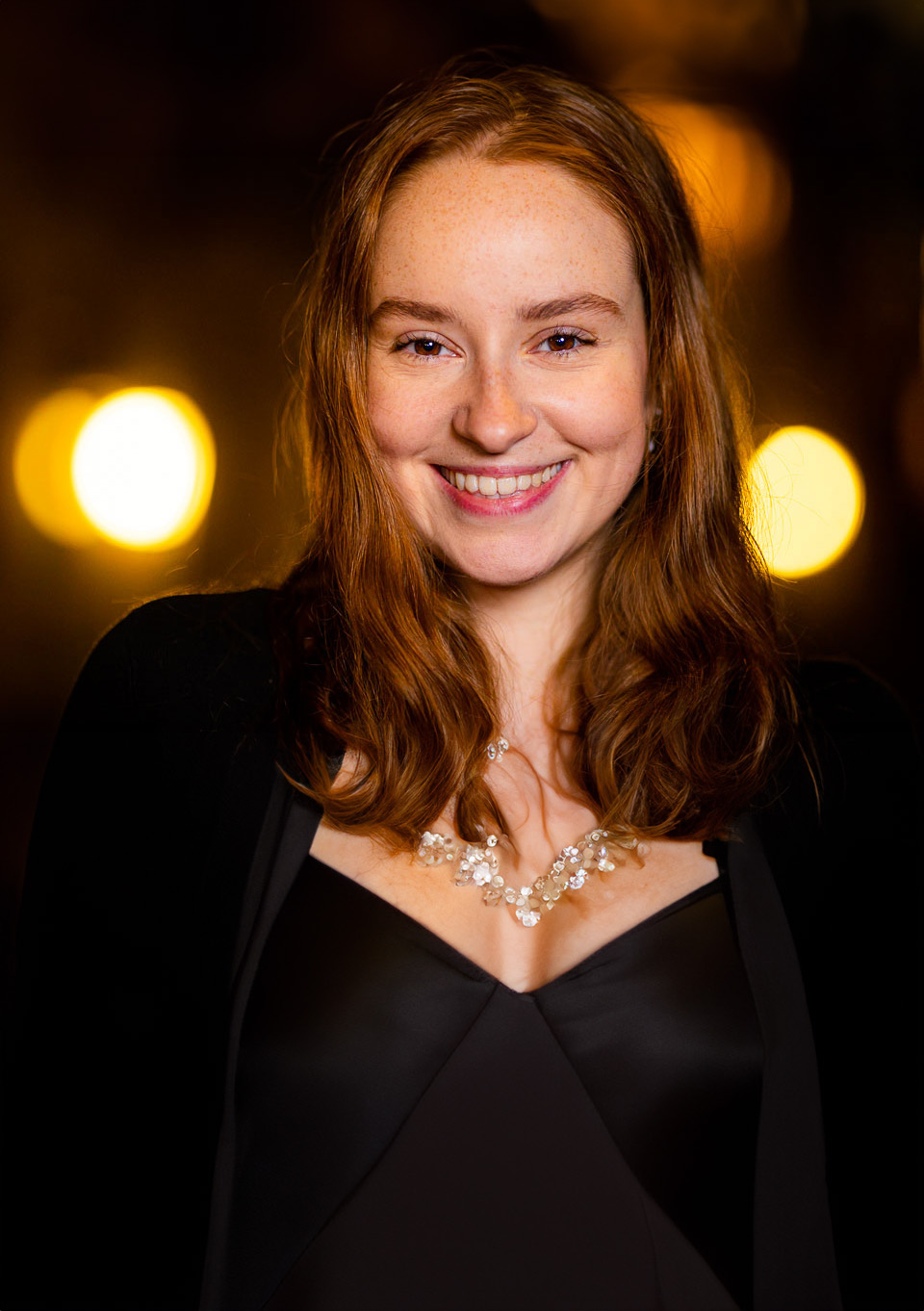


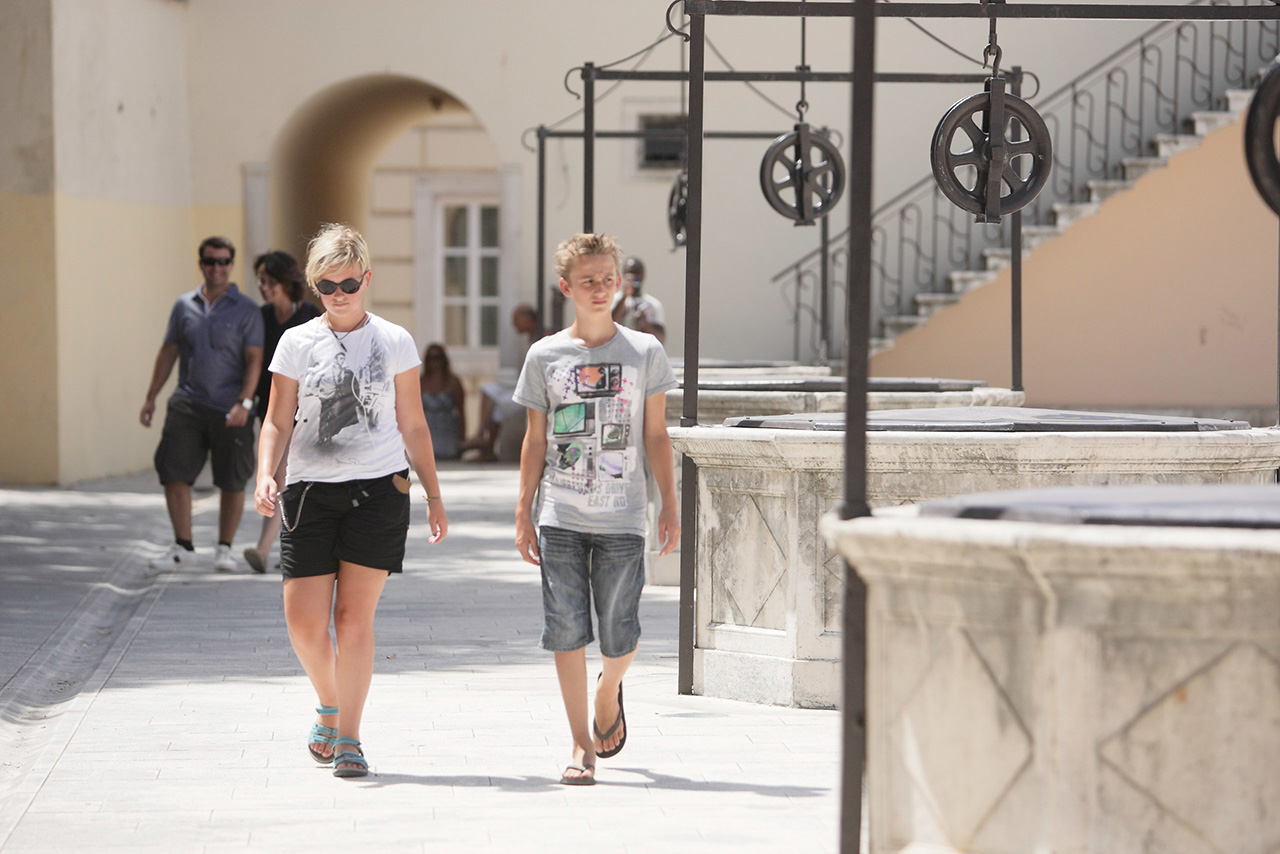
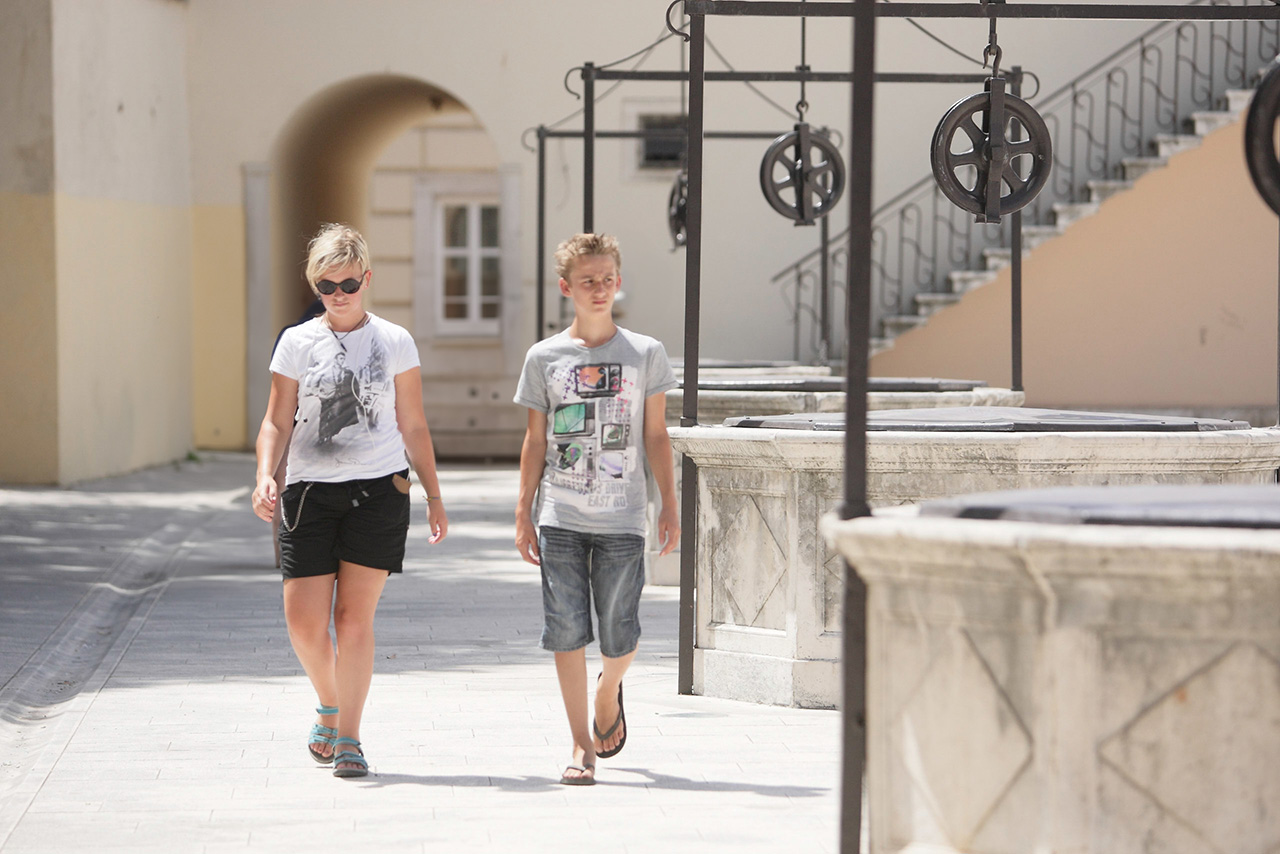






Generative Fill is basically the evolution of the clone stamp at this point in time.
That's fine as long as everybody using it is aware that this changes the image from being a "photo" to "photorealistic art".
I'm not saying that is a bad thing, but rather that it is a good idea to use different terms for images that were produced by different methods.
An image made by light that fell through a lens on film or a sensor, I'd call a "photo".
An image made by AI from a prompt or by generative fill from a smaller image, I'd call "photorealistic art".
We don't call photorealistic paintings a "photo", so why should we call AI generated images a "photo"?
.
PS: I don't want this differentiation to call one better than the other, but for the same reason you don't call a table a chair. Different things should have different names, otherwise it's hard to talk about them.
I totally agree with this.
I agree as well. I'm disappointed that there does not seem to be much dialog about this. I think there are ethical issues involved that need to be addressed about the community.
It changes a photo into an edited photo, nothing more. Been happening since the earliest photographs—it's just easier now.
If a photo is edited using AI, then it is an edited photo indeed. But if an image is created only with AI, and no photography is involved, it shouldn't be called a AI photo.
You're missing the main argument. As these features become incrementally better and continually brushed off with statements like yours, "Generative Fill is an automated process of things we have been doing by hand for the last few decades." Well, those things done by hand were of value because of the determination, dedication, and time someone invested to build those hand skills or even travel to remote locations for the well-planned shot. Those hand skills and effort were the differentiators between a pro/enthusiast and Joe Blow with a cellphone using filters. Now usher in AI, and voila! Everyone can make (or chat) amazing images. I know the counter argument is the creativity but when spectacular images are created with words or with a touch of a button, now the lazy can excel. To quote the great movie 'The Incredibles', "When everyone's special, then no one is."
I understand this point very well. But this feature is just another tool. When performed in the proper way, with care, it helps you perform more complex tasks in a less time consuming manner. When performed without care, this will be visible in the results. In the end, nothing changes.
I welcome this kind of tools for my workflow because it gets the job done in less time. In the end, the end result counts. Not the way it is done. The consumer doesn't care.
But I want to stress out, also this tool need to be wielded with the proper amount of care and attention.
We're on the line between Point A and Point
where Point B is rapidly approaching. Point B is obviously where earned skills are no longer required. Unless we start voicing our concerns and demands for ethical considerations with Adobe and the like, our skills will soon be nullified. Presently, tech industries move forward with automation technologies because they can, without ethical constraints. Automous 16-wheelers--sure! Poof! There goes the trucking industry. Autonomous ships, autnomous food delivery, etc. Now, there are those that argue change has always taken place, yes, but not at this breakneck speed. Technological evolution is accelerating exponentially and, unabated, we're just along for the ride.
With all due respect, I don't agree. Skills will always be necessary. But perhaps these skills will shift to creating high quality computer generated content (I refuse to call it AI, since no artificial intelligence is used here).
This is similar to the beginning of Photoshop when the same discussion started.
But we'll see what will happen in the years to come. One thing is for sure, this is here to stay. If we like it or not.
I thank you for your interesting and valuable comments on this.
Cheers!
Well, those things done by hand were of value because of the determination, dedication, and time someone invested to build those hand skills...
*****
Are you suggesting that crossing the country on foot is more honorable than driving, taking the train or bus, or flying? Times change, technology advances. If the objective is to produce the image that one wants to produce, it doesn't matter whether one calls it a photograph, a picture, an image, or an AI creation.
Crossing the country on foot offers a lot of things to see, that will be invisible when going fats by car, train or plane.
There is notting wrong with technology advances. If you want to use it to create artwork, that's fine by me. Just as I made clear in my article.
Have you read it, by the way?